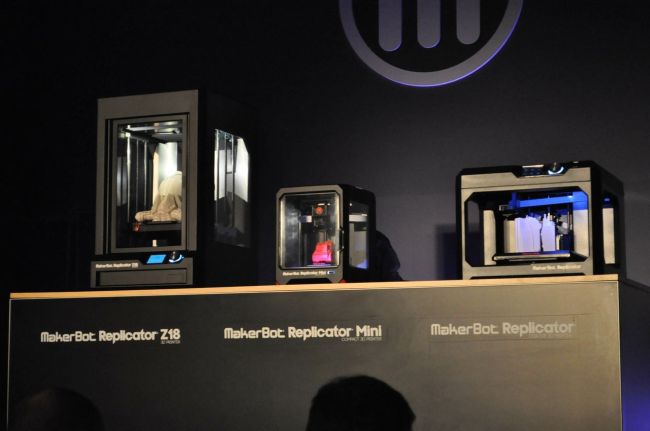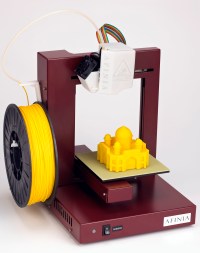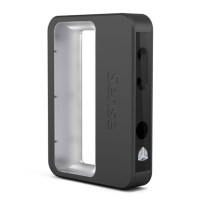
Interested in 3D printing and smartphone-controlled aerial drones? So is Martha Stewart.
She and I had the pleasure of touring CES 2014′s South Hall, where we checked out Parrot, Form Labs, and MakerBot, among a few other companies.
Martha Stewart, who is a judge in our brand new CES Hardware Battlefield, explained that she’s always curious about innovation and loves learning about how new technology can apply to the lives of everyday people. But more importantly, she’s interested in finding a 3D printer to help prototype new products.
Before visiting the 3D printing section, she and I had a blast checking out Parrot’s latest toys, the Mini Drone wheel-equipped aerial drone and the Sumo camera-equipped Rover.
Stewart already owns an AR.Drone 2.0, using them to aerially film her various properties as well as monitor her grandchildren when they are swimming in the ocean. The smaller, newer products are more toys than utility products, but they’re fun nonetheless.
But what really caught Martha’s eye was 3D printers, as she’s currently on the market to buy a 3D printer for prototyping her own products.
We visited Formlabs and Makerbot, which recently released three new 3D printers, and it seems that Stewart is most interested in the mamma jamma Z18 industrial printer from MakerBot.
But that’s not the only thing she had to talk about. Apparently she and Bre Pettis are forging deals left and right, working to make a Martha Stewart collection of 3D printable products, as well as a magazine spread of 3D printed Easter gear.
To close out the interview, Martha and I checked out the most entry level 3D printing product I’ve ever come across, the 3Doodler. It’s a glue gun-like pen that let’s you draw out super hot plastic onto paper that forms a 3D doodle. It’s only $99, but Martha wasn’t all that impressed with its accuracy.








































 First, I’d recommend the
First, I’d recommend the  Being able to print in both materials is vitally important if you want to make high quality items and each material has its different qualities. For example, you can print translucent objects with PLA but not ABS and ABS objects are far more resilient than PLA objects.
Being able to print in both materials is vitally important if you want to make high quality items and each material has its different qualities. For example, you can print translucent objects with PLA but not ABS and ABS objects are far more resilient than PLA objects.
 One of my favorite products of 2013 was the
One of my favorite products of 2013 was the 